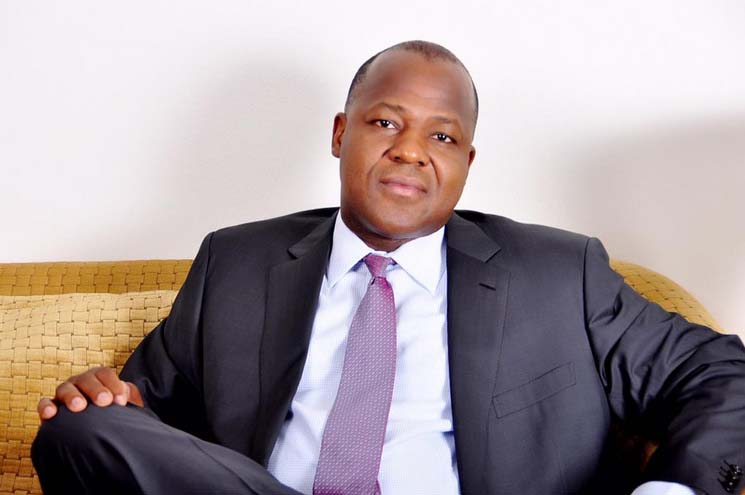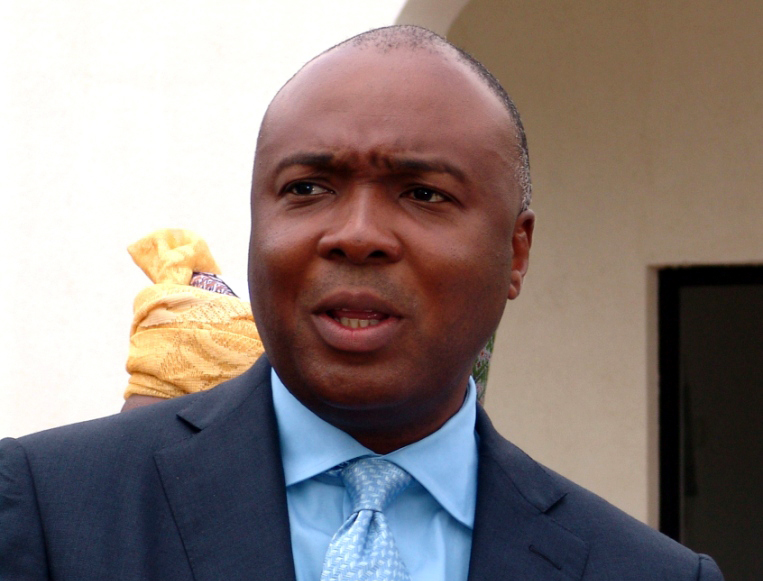United Bank for Africa (UBA) has made an impressive first quarter start that could lift profit to a new high this year. A strong revenue growth in the first quarter is one of the major favourable developments in the bank’s performance in the current year. Other favourable developments are the lowering of the cost-income ratio and the increased capacity to convert revenue into profit.
An accelerated growth in gross earnings looks likely for the bank at full year based on the first quarter growth rate. A moderate increase in total operating expenses reduced the cost-income ratio and raised profit margin to one of the top scores in the banking sector. That enabled the bank to raise net profit by about 35% year-on-year at the end of the first quarter – one of the top growth records so far this year. That has positioned the bank to speed up profit recovery and resume growth this year.
A renewed strength in earnings growth is the summary of UBA’s operating story in the first quarter. Growing revenue and moderating cost present a favourable outlook for the bank if sustained to full year. Gross earnings grew by 22.1% to N83.10 billion year-on-year at the end of the first quarter. Revenue growth is led by non-interest income, which rose by 38.3% to N22.46 billion during the period.
Based on the current growth rate, the bank is expected to gross N332.4 billion at full year. That would be an accelerated growth of 14.6% against 9.8% growth recorded in 2014. UBA has maintained stable growth in revenue over the past five years. Interest income is presently affected by slow growth in loans and advances and a sustained drop in investment securities.
Advertisement
Interest expenses grew well ahead of interest income at 35% compared to 17.5% in the first quarter, which permitted an increase of only 5.2% in net interest income. The strong growth in non-interest income provided the strength to raise operating profit by 17% to N53.25 billion at the end of the first quarter.
Apart from interest expenses, loan loss provisions also grew well ahead of revenue during the period but the cost increases were more than offset by a significant moderation in operating expenses. Total operating cost increased moderately at 3.5% to N32.53 billion year-on-year, which lowered operating cost margin from 46.2% in the same period last year to 39.1% at the end of the first quarter. This represents one of the lowest operating cost margins in the banking sector.
Overall, the bank achieved a decline in the cost-income ratio, which raised profit margin during the review period. Net profit margin has improved from 18.5% in the corresponding period last year to 20.4% this year and from 16.5% at the end of last year. This gave the bank the strength to grow profit well ahead of revenue in the first quarter.
Advertisement
After tax profit grew by 34.7% year-on-year at the end of the first quarter, one of the most rapid profit improvements in the banking sector during the first quarter. If the current growth rate is maintained to full year, the bank is expected to close the year with an after tax profit in the region of N68 billion.
This will be an outstanding growth of over 40% from the profit figure of N47.91 billion the bank posted at the end of 2014. It will also be a new profit peak for the bank, up on the N54.77 billion record attained in 2012. The bank recorded a drop of 14.9% in net profit in 2013 and only a moderate recovery of 2.8% was made in 2014.
Earnings per share amounted to 51 kobo at the end of the first quarter, up from 38 kobo in the same period last year. Earnings per share is projected at N2.06 for UBA at the end of 2015, an expected increase of 42% from N1.45 the bank earned in 2014.
The bank’s asset base has risen 7.3% to N2.96 trillion from the closing figure last year, which is financed by total deposit liabilities of N2.40 trillion and an equity cushion of N280.85 billion. Its main earning assets are loans and advances of N1.17 trillion and investment securities of N612.89 billion.
Advertisement
Developments to watch in subsequent interims include the ability to defend the improved profit margin and keep loan loss provisions from further rapid growth. It will be pertinent as well to see whether the Central Bank’s relaxation of cash reserve ratio would spur the bank’s lending and investing activities and consequently prop up growth in interest income in the coming quarters.







